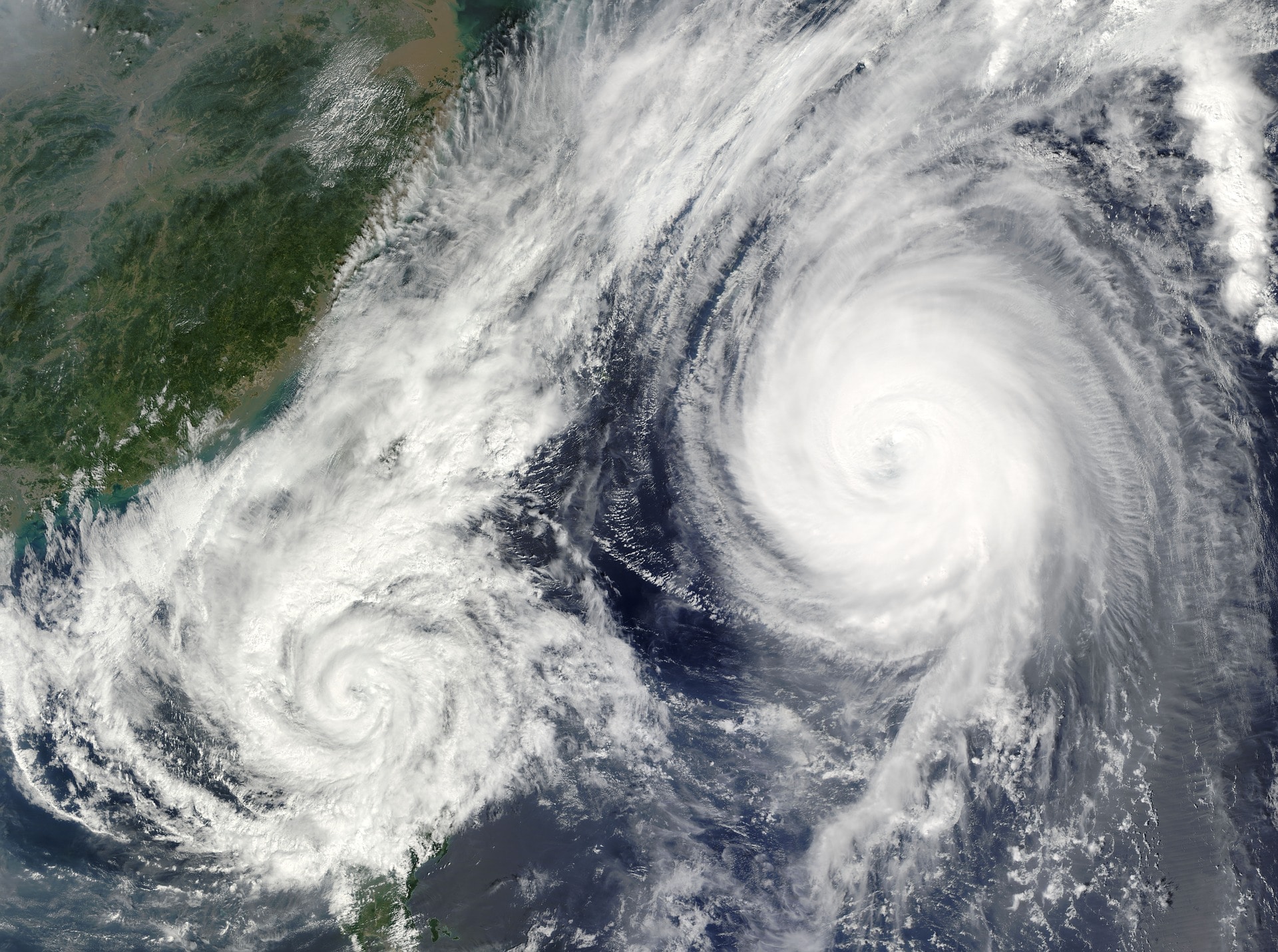Be Prepared This Hurricane Season
If you live in a hurricane-prone area, you should always be prepared in case such an event occurs. Preparedness for a hurricane includes keeping emergency supplies on hand, having an evacuation route, and knowing how to protect the exterior of your home. For those responsible for outdoor equipment, you should have a plan to deal with your equipment and revisit it every time there is a hurricane warning.

With outdoor equipment, the first step one should take to identify if it has any detachable parts. For a playground, this could mean swings; for shade structures, this means any removable fabric. After identifying detachable parts, you choose a safe location to store them. This site should be a secure building such as a school or a church. You should also remember to close your facilities to the public before the storm.
After a hurricane passes, you should extensively inspect all equipment left outside. While doing so, you should document and photograph all damages for your recovery. You should especially be on the lookout for erosion around the footings of your equipment. Call your manufacturer immediately for erosion and other significant damage, such as fallen trees.
 Other damages you should look out for are loose and missing hardware. To combat this, tighten loose nuts and bolts and replace any that are missing. Another aspect of hurricane cleanup you should be aware of is floodwater. If your equipment becomes exposed to floodwater, spray all parts with fresh water. Be cautious when using pressure washers as they can damage the paint coating. Certain hollow components such as plastic slides may become filled with floodwater. For this, you can drill a quarter-inch or smaller hole in a low, unused area on the component to drain out the water.
Other damages you should look out for are loose and missing hardware. To combat this, tighten loose nuts and bolts and replace any that are missing. Another aspect of hurricane cleanup you should be aware of is floodwater. If your equipment becomes exposed to floodwater, spray all parts with fresh water. Be cautious when using pressure washers as they can damage the paint coating. Certain hollow components such as plastic slides may become filled with floodwater. For this, you can drill a quarter-inch or smaller hole in a low, unused area on the component to drain out the water.
For moving parts such as spinners and suspension bridges, you should move them around to ensure their internal mechanisms are not full of sand and debris. If your equipment does not move properly, spray it with fresh water. Next, let it dry and lubricate as recommended by your manufacturer. If your equipment does not free up, contact your manufacturer.
 If you need assistance with this process or have any questions contact us. For specifics on inspecting playgrounds, read our blog post on playground safety hazards. Track current and future hurricanes here.
If you need assistance with this process or have any questions contact us. For specifics on inspecting playgrounds, read our blog post on playground safety hazards. Track current and future hurricanes here.






